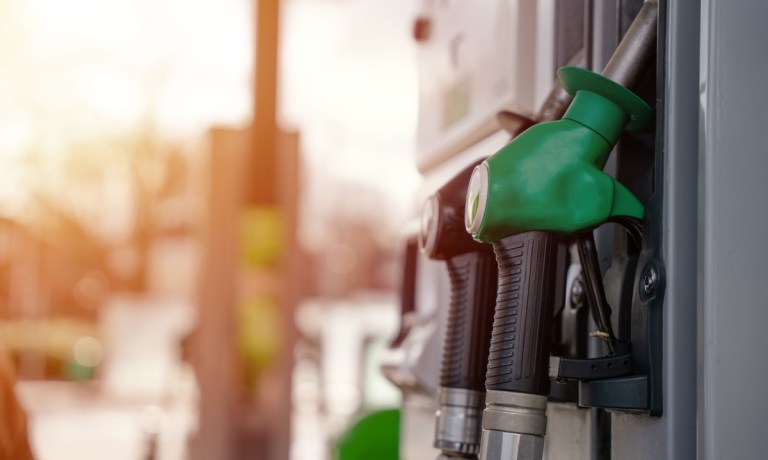
It’s a season of pain at the pump, no matter what type of fuel you’re pumping.
As The Wall Street Journal (WSJ) noted in a report Thursday (Sept. 14), the cost of diesel, jet and marine fuels have all jumped to 10-month highs, stretching company budgets across the farming, construction and transportation sectors.
Among those construction firms is Miller & Long of Bethesda, Md., where CEO Brett McMahon says seen the cost of materials jump as suppliers spend more on diesel fuel. He told the WSJ he’s had mixed success in trying to negotiate contracts.
“In the private construction world, you’re not going to get a terribly sympathetic ear for that,” said McMahon. “It’s, ‘Hey, you knew the risks when you signed the deal.’”
Also facing pressure are U.S. consumers. The most recent Consumer Price Index from the U.S. Bureau of Labor Statistics showed gasoline prices jumping 10.6% month on month.
The spike in fuel costs is happening as both businesses and consumers feel increased strain.
Small and medium-sized businesses (SMBs) are finding it harder than ever to access working capital and other financing solutions due to macroeconomic pressures. Those same pressures make their need for funding more dire than ever.
Just 26% of Main Street businesses say that they have access to enough funding to remain open for more than 60 days during a cash flow shortfall, while 17% have no access to funding at all, according to “Main Street Health Q1 2023,” a study by PYMNTS and Enigma Technologies.
“What we’re seeing is an increase in need from small businesses for funding,” Scott Steinberg, chief product officer and chief operating officer at Enigma, told PYMNTS.
“Nearly half of small businesses are planning to increase their utilization of alternative funding for their company in the next 12 months,” he added.
On the consumer side of things, PYMNTS wrote earlier this week that the resurgence of inflation might be muted if gas prices fall a bit, assuming the hurricane season doesn’t shake up the energy landscape, and/or if oil production cuts do not persist. (The WSJ report indicates prices are expected to remain high for several months.)
“But PYMNTS data hints at some of the areas of spending that might see the most turbulence,” that report said. “Nearly two-thirds of U.S. consumers live paycheck to paycheck, as estimated as recently as July.”
For more than a fifth of those consumers, nonessential spending is one reason for their financial lifestyle, with 10% saying it is their main reason for living paycheck to paycheck. And two-thirds of overall consumers still factor discretionary items into their budgets.